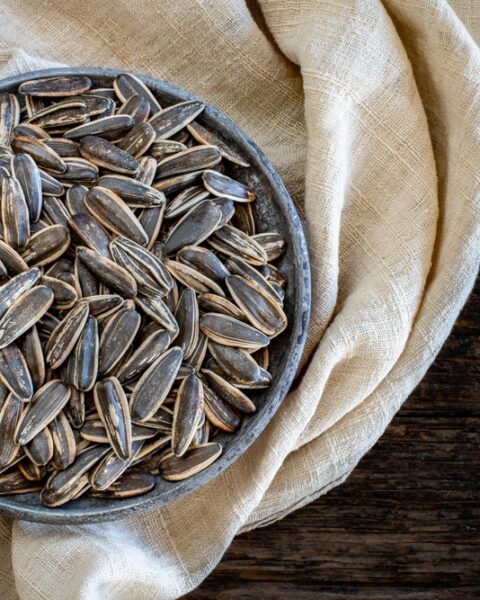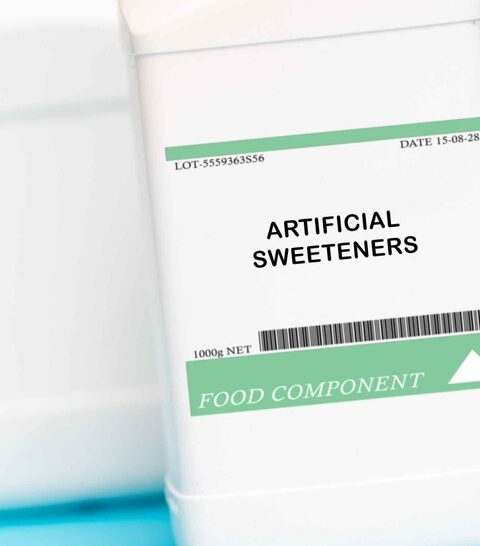Creating a balanced and healthy meal plan for the week can seem like a daunting task, but with a little preparation, it’s easier than you think. Whether you’re trying to maintain a nutritious diet, save time, or just avoid last-minute meal stress, a solid plan can make all the difference. By following these tips, you can create a balanced and healthy meal plan that supports your overall well-being while keeping things enjoyable and sustainable.
Contents
- 1 Prioritize Protein in Every Meal
- 2 Balance Your Plate with Vegetables
- 3 Incorporate Whole Grains
- 4 Include Healthy Fats
- 5 Plan for Fiber-Rich Foods
- 6 Control Portion Sizes
- 7 Incorporate Snacks Wisely
- 8 Focus on Hydration
- 9 Meal Prep with Freezable Options
- 10 Reduce Processed Foods
- 11 Rotate Meal Themes
- 12 Use Seasonal Ingredients
- 13 Monitor Your Progress
- 14 More From RetailShout
- 15 15 Trader Joe’s Pasta Recipes That Feel Fancy But Are Easy to Make
- 16 10 Satisfying Low-Calorie Foods to Keep You Energized
Prioritize Protein in Every Meal
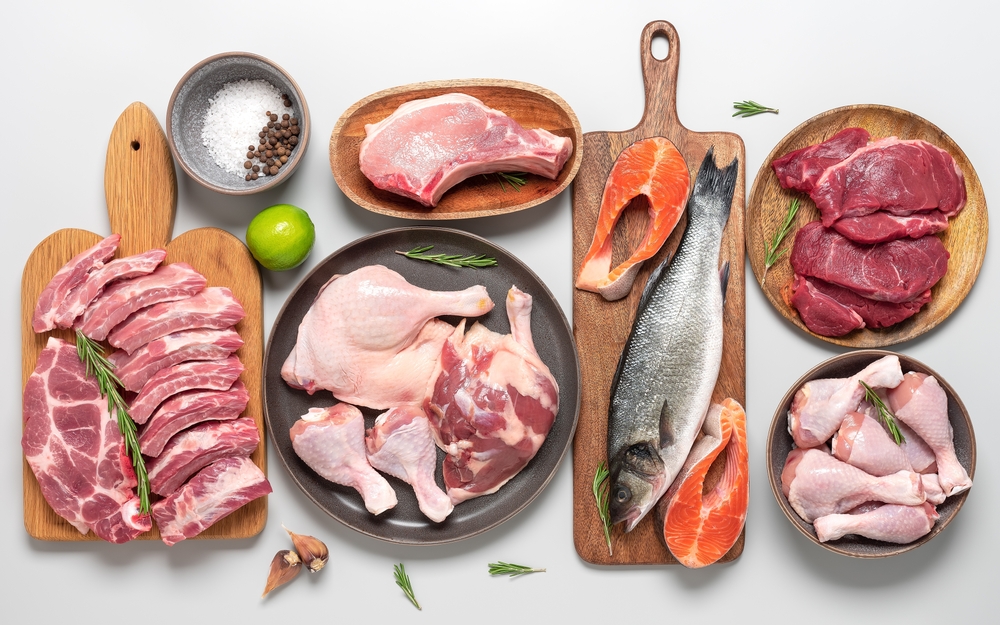
Protein is essential for muscle repair, immune function, and overall energy. Whether you choose lean meats like chicken or turkey, plant-based options like tofu, beans, or lentils, or seafood, make sure each meal includes a solid source of protein. Aiming for about 20-30 grams of protein per meal can help you meet daily requirements. Mix up your protein sources to avoid monotony and ensure you’re getting a broad spectrum of nutrients. Including protein in every meal also helps keep you feeling full and satisfied.
Balance Your Plate with Vegetables
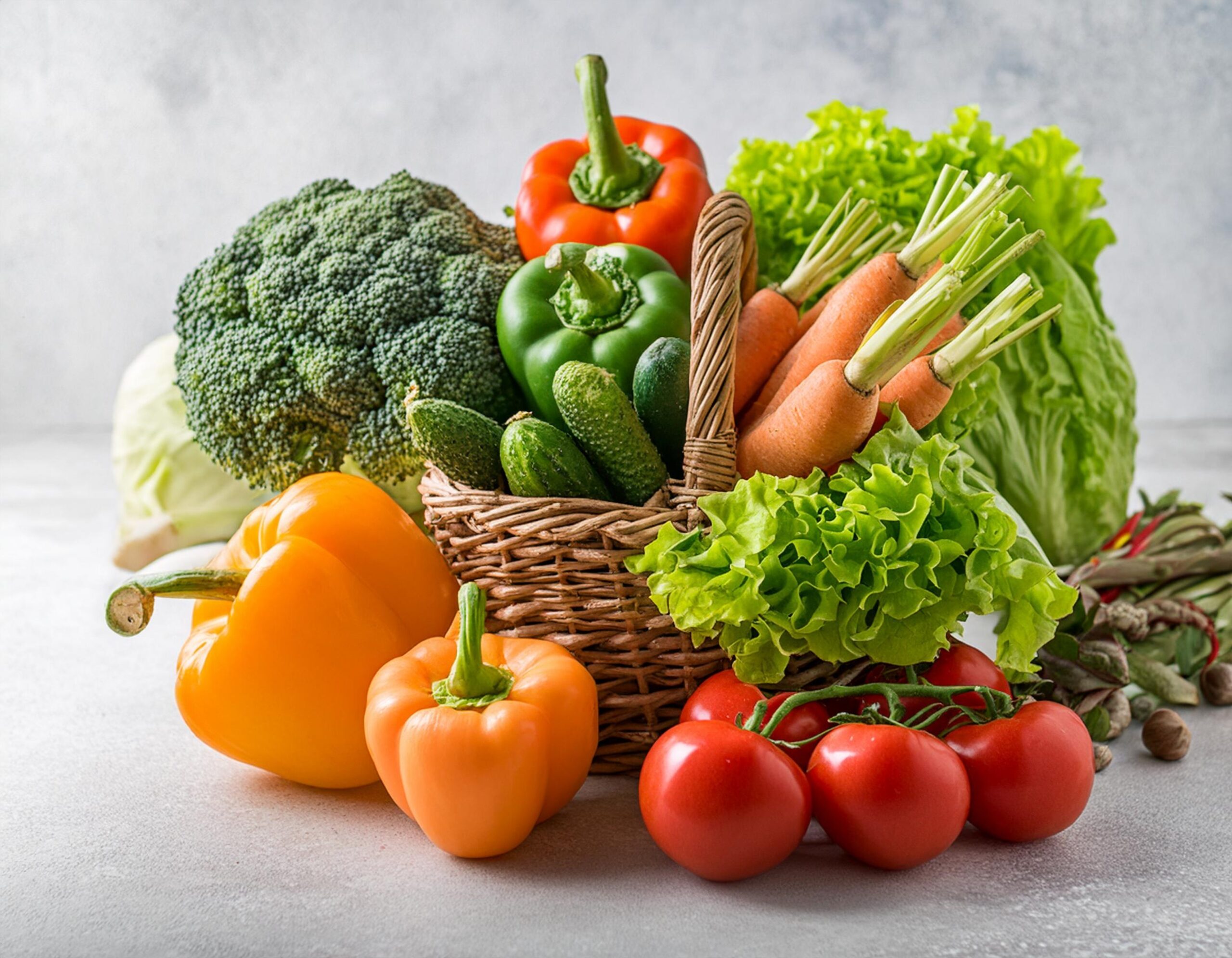
Vegetables are rich in vitamins, minerals, and fiber, making them a critical component of a healthy meal plan. Aim to fill half your plate with a variety of colorful veggies. Not only do they help you feel fuller for longer, but they also provide essential nutrients that support digestion and overall health. Try roasting, steaming, or sautéing vegetables to keep things interesting throughout the week. Including a mix of leafy greens, cruciferous vegetables, and root veggies adds diversity and flavor to your meals.
Incorporate Whole Grains
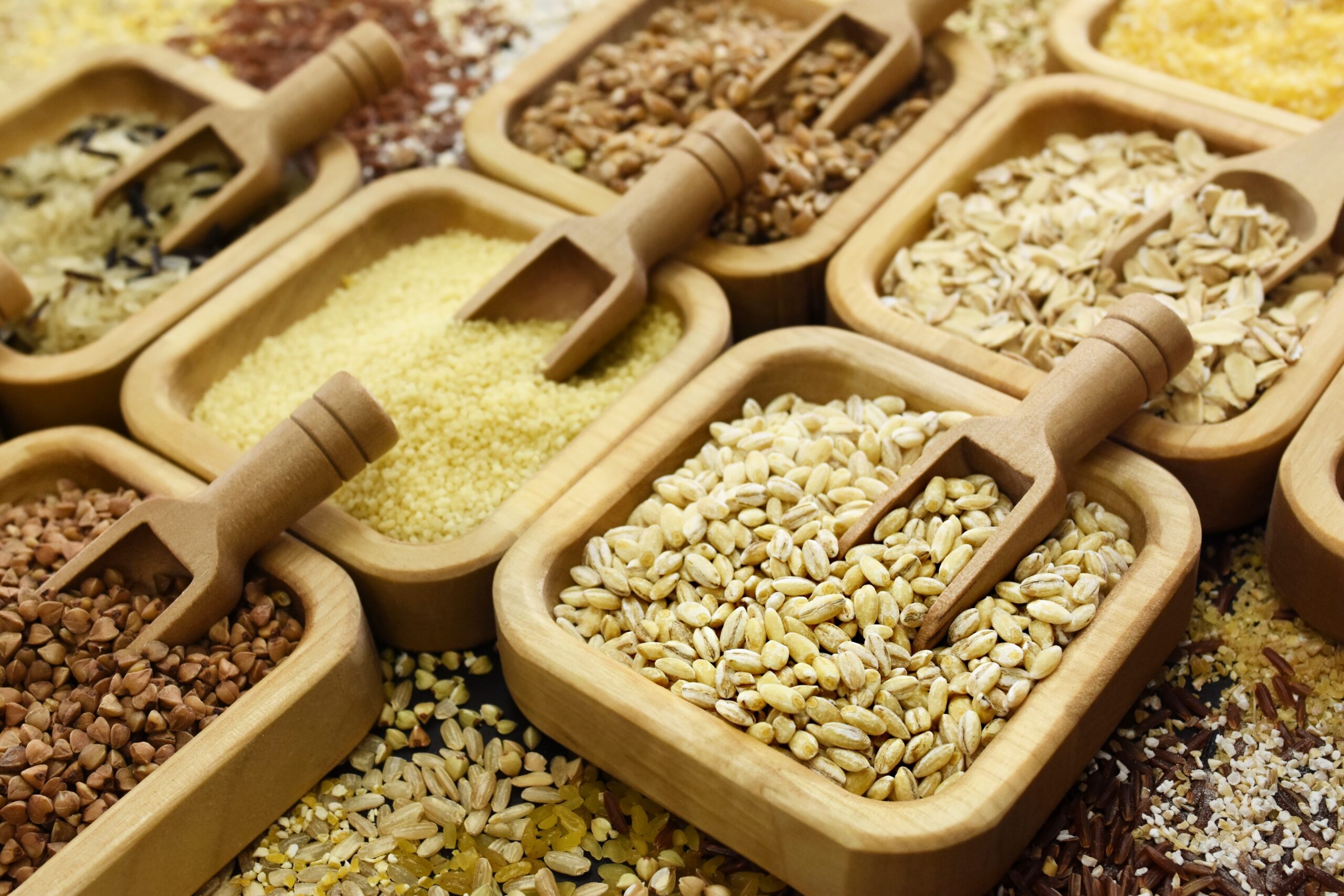
Whole grains such as quinoa, brown rice, farro, and oats are nutrient-dense and high in fiber. These grains help regulate blood sugar levels and provide long-lasting energy. Swap out refined grains like white rice or pasta for their whole-grain counterparts to improve nutrient intake. Whole grains are also versatile and easy to prepare in advance, making them a great addition to meal planning. Make a large batch at the start of the week, and you’ll have a simple side for any meal.
Include Healthy Fats
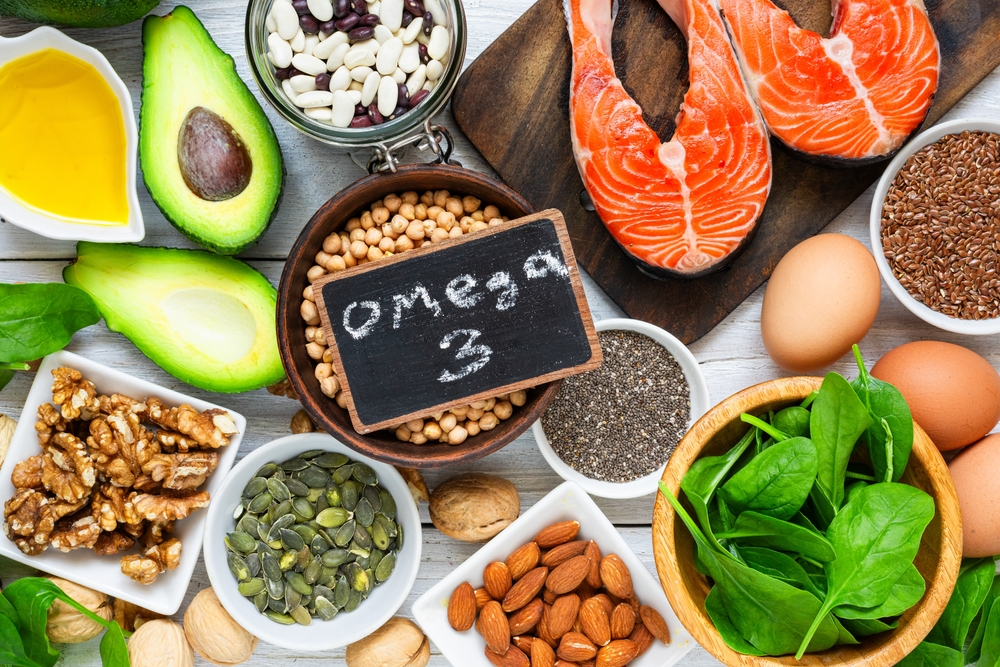
Fats are often misunderstood, but healthy fats play an important role in brain function and hormone production. Incorporate sources of unsaturated fats such as avocados, olive oil, nuts, and seeds into your meals. These fats help with the absorption of fat-soluble vitamins (A, D, E, and K), keeping your body functioning optimally. Balance is key, so be mindful of portion sizes and choose whole food sources over processed oils when possible. Adding a handful of nuts to a salad or a drizzle of olive oil over roasted veggies can make a difference.
Plan for Fiber-Rich Foods
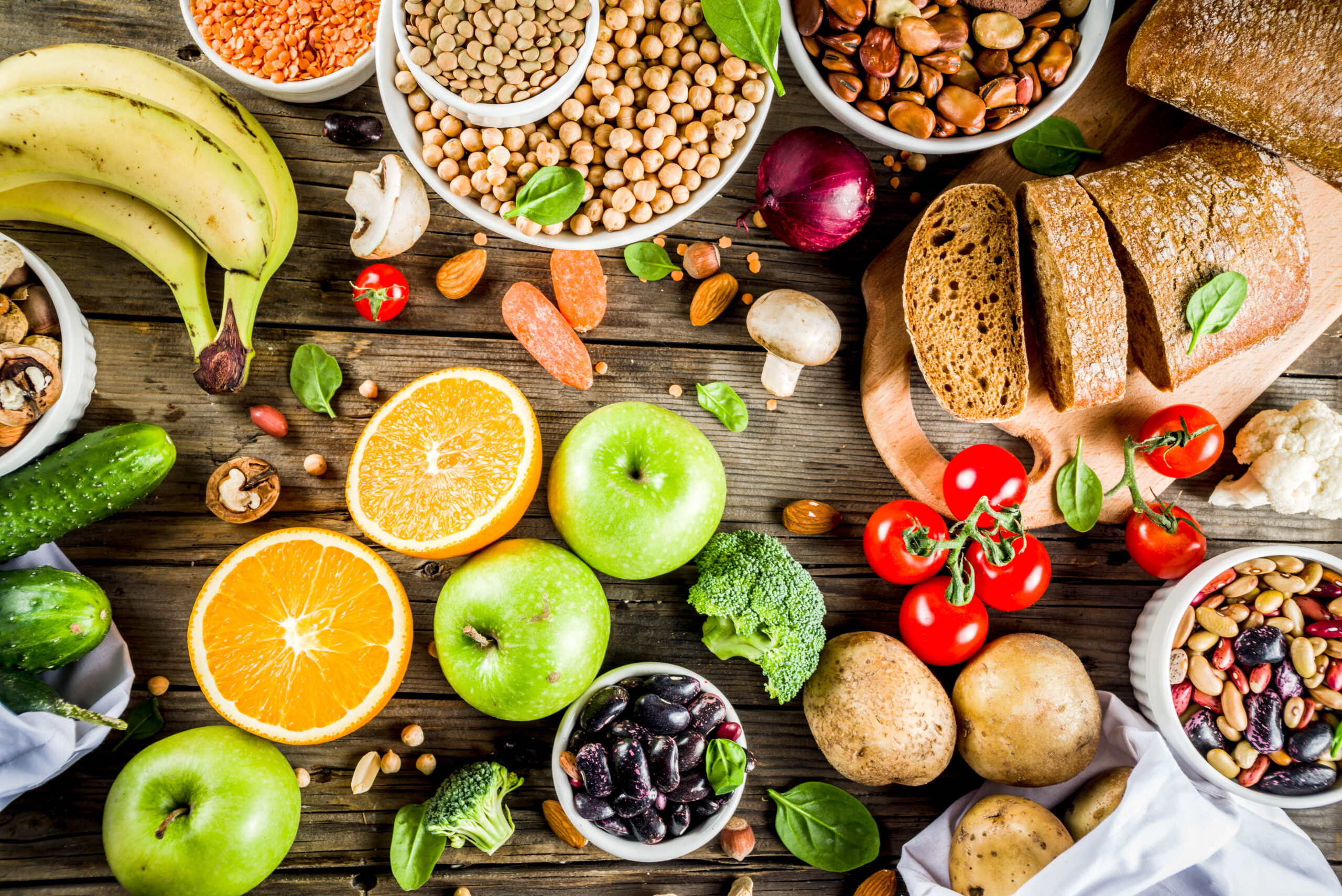
Fiber is essential for digestive health, and many people don’t get enough of it in their daily diets. To boost your fiber intake, include plenty of fruits, vegetables, legumes, and whole grains in your meals. Fiber helps regulate blood sugar, keeps you feeling full, and supports a healthy gut. Incorporating beans, lentils, or chia seeds into your meal plan can add a significant amount of fiber. Plan for at least 25-30 grams of fiber per day to support optimal digestion and overall health.
Control Portion Sizes
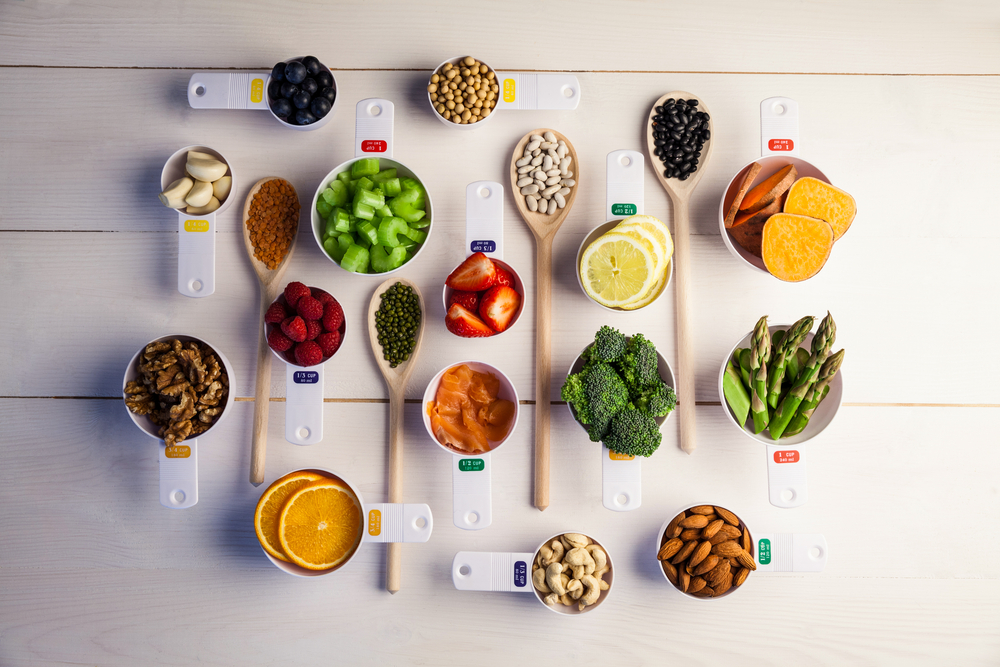
Even healthy foods can contribute to weight gain if eaten in large quantities. Pay attention to portion sizes when planning meals, especially with high-calorie items like nuts, seeds, and oils. Use smaller plates and bowls to help visually manage portion sizes without feeling deprived. Measuring out ingredients when meal prepping ensures you have just the right amount for each serving. Balance larger portions of low-calorie foods like vegetables with smaller servings of more calorie-dense options.
Incorporate Snacks Wisely
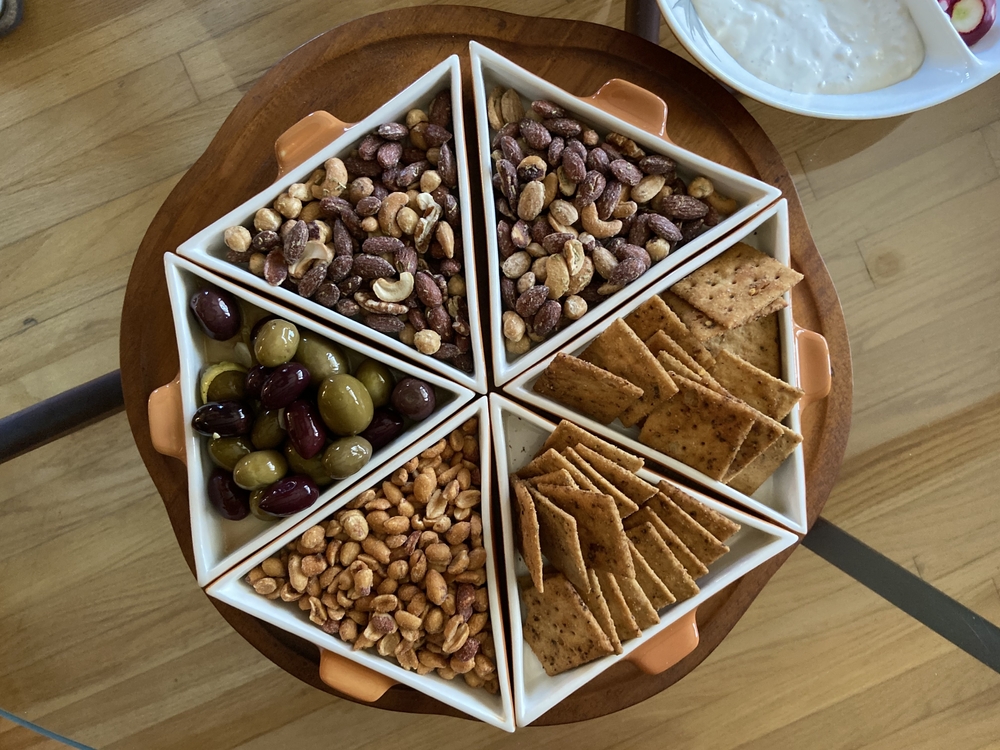
Healthy snacks can help bridge the gap between meals, keeping hunger at bay and energy levels steady. Plan for snacks like fresh fruit, nuts, yogurt, or hummus with veggies that are nutrient-dense but still satisfying. Choose snacks that are low in added sugars and unhealthy fats, focusing instead on those with fiber and protein. Pre-portion your snacks at the beginning of the week so you can easily grab them when needed. This will prevent you from reaching for unhealthy options when hunger strikes.
Focus on Hydration

While planning meals, don’t forget about hydration. Drinking enough water throughout the day is key to maintaining energy, aiding digestion, and supporting overall health. Aim for at least 8 cups of water daily, and consider adding slices of fruit or herbs like mint for flavor without added sugar. Staying hydrated also prevents overeating, as thirst is often mistaken for hunger. You can also include hydrating foods like cucumber, watermelon, and oranges in your meal plan.
Meal Prep with Freezable Options
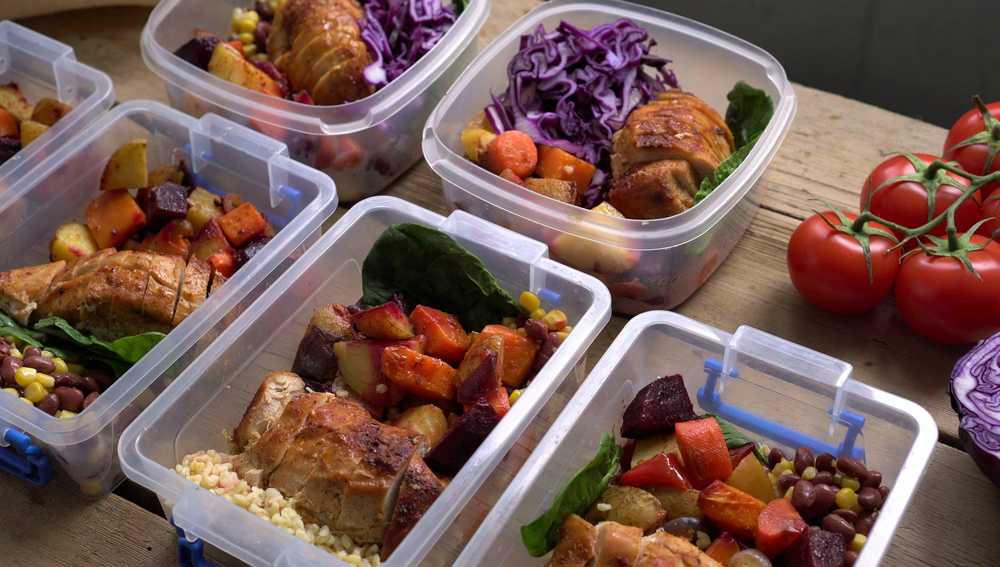
To avoid mid-week cooking fatigue, incorporate freezable meals into your plan. Dishes like soups, stews, and casseroles can be made in large batches and stored in the freezer for future meals. This is especially helpful for those with busy schedules who may not have time to cook every day. Having these options on hand ensures you always have a healthy meal ready, preventing the temptation to order takeout. Just be sure to portion them out before freezing for easy reheating.
Reduce Processed Foods
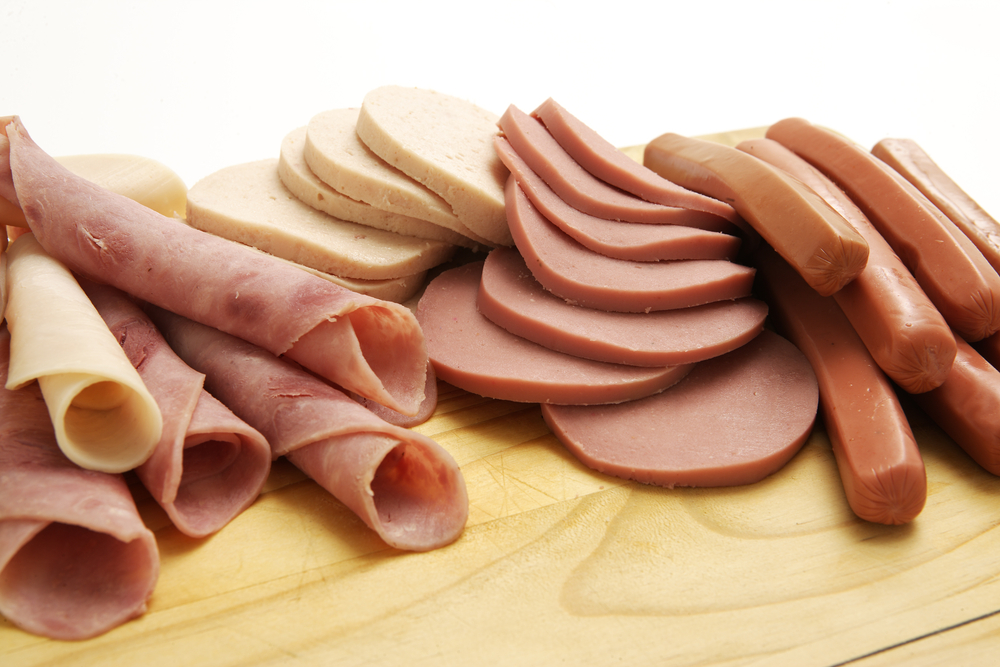
Processed foods often contain high levels of sodium, unhealthy fats, and sugars that can disrupt a balanced diet. When meal planning, focus on whole, minimally processed foods like fresh fruits, vegetables, lean proteins, and whole grains. These foods provide more nutrients and fewer empty calories, supporting long-term health. If you do choose processed options like pre-made sauces or frozen veggies, read the labels carefully to ensure they’re low in added sugars and sodium.
Rotate Meal Themes
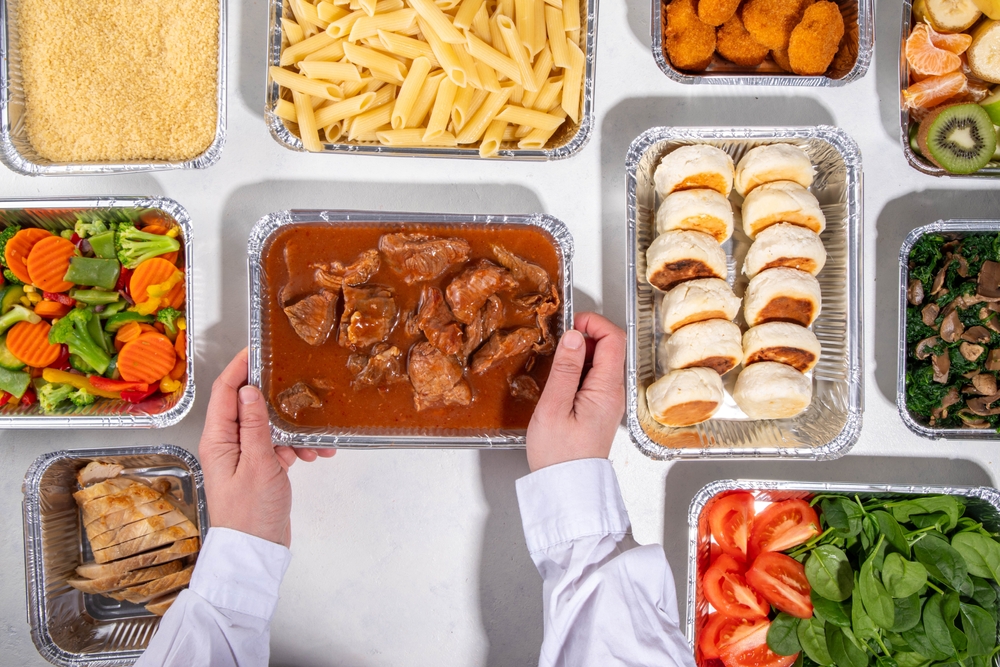
Sticking to the same meals week after week can become repetitive and lead to burnout. Keep your meal plan interesting by rotating different themes such as Meatless Monday, Taco Tuesday, or Stir-fry Friday. These themes add variety and make meal prep more exciting. You can also explore different cuisines like Mediterranean, Asian, or Middle Eastern to incorporate new flavors and ingredients. This will help you avoid boredom while ensuring you’re getting a wide range of nutrients.
Use Seasonal Ingredients

Incorporating seasonal fruits and vegetables not only adds variety to your meals but also ensures you’re getting the freshest, most nutrient-rich produce. Seasonal ingredients often taste better and are more affordable since they’re abundant and don’t require long-distance shipping. Visit local farmers’ markets or check the produce section to see what’s in season each week. Using seasonal ingredients helps support sustainable eating while keeping your meals exciting and flavorful.
Monitor Your Progress

As you follow your meal plan, track how you feel, your energy levels, and whether you’re meeting your health goals. Adjust portions, food choices, or meal frequency based on what works best for you. Monitoring your progress helps ensure your meal plan continues to meet your nutritional needs and fits into your lifestyle. It also allows you to identify any areas where you might need more variety or balance. Regular check-ins make it easier to stay on track and make necessary adjustments.
This article originally appeared on RetailShout.
More From RetailShout
15 Side Gigs That Aren’t Worth the Effort

In the hustle to make extra income, many people turn to side gigs. While some side hustles can be lucrative, others may not be as rewarding for these reasons. Read More.
15 Trader Joe’s Pasta Recipes That Feel Fancy But Are Easy to Make
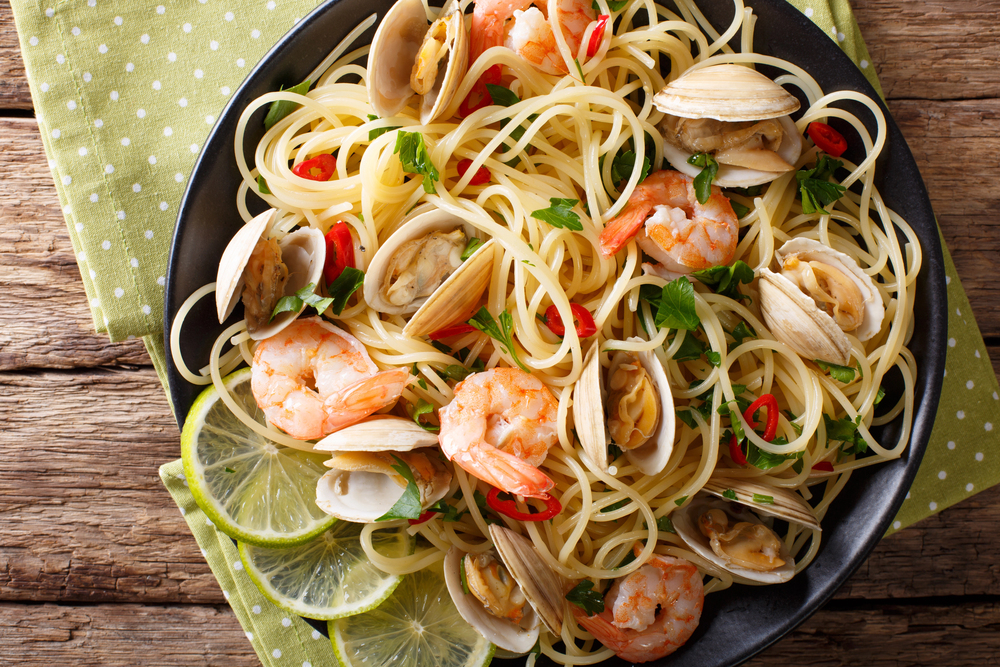
Feeling fancy doesn’t have to mean spending hours in the kitchen. Trader Joe’s offers an array of pasta options that, with a few simple tweaks, can turn into elegant meals. Read More.
10 Satisfying Low-Calorie Foods to Keep You Energized
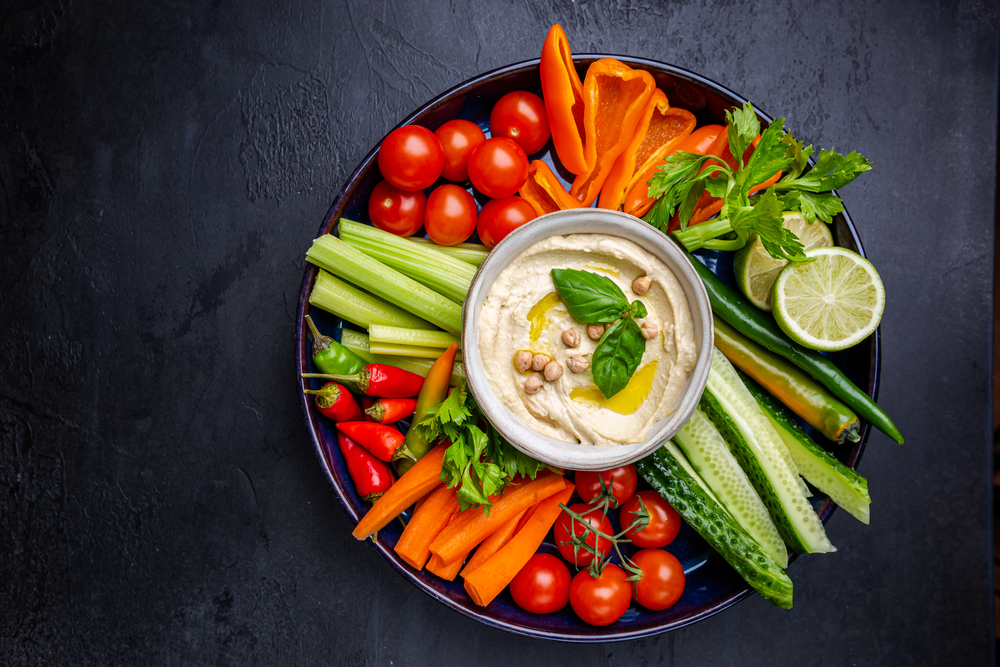
Maintaining a healthy diet is easier when you include foods that keep you full longer. Low-calorie, nutrient-rich foods can help curb hunger and provide essential nutrients. Read More.

